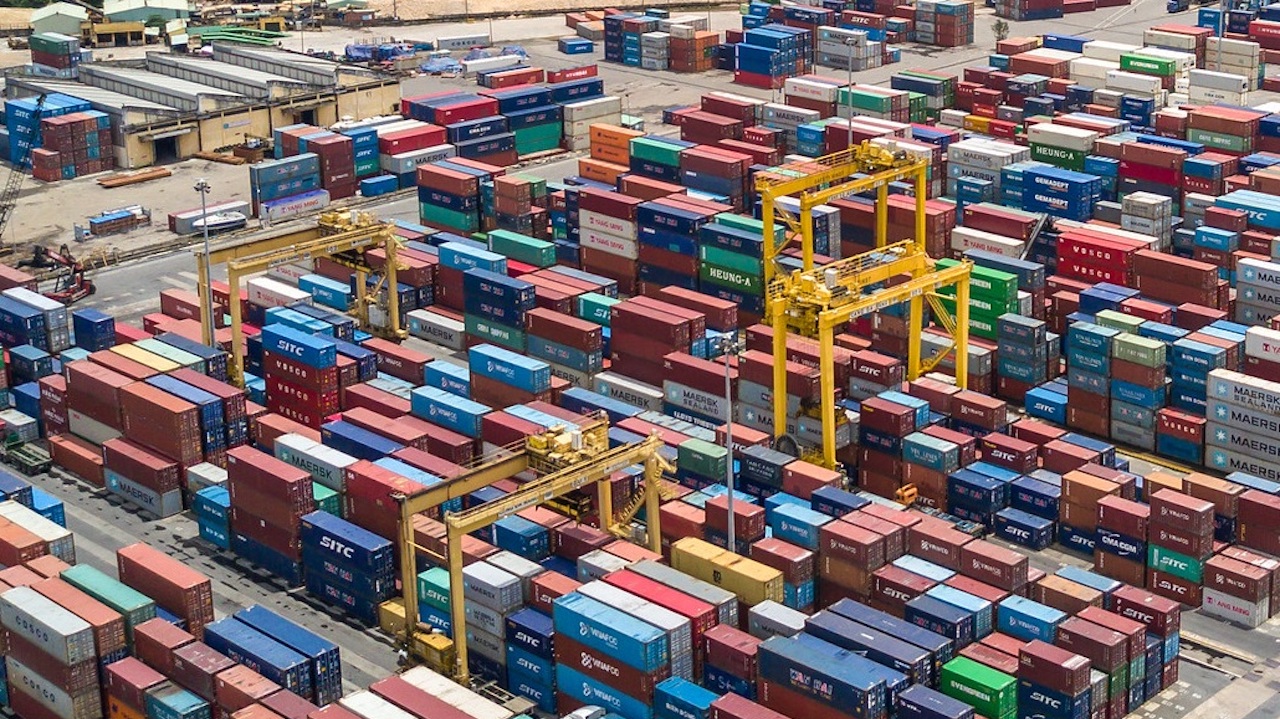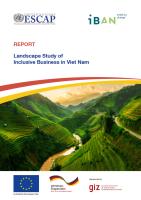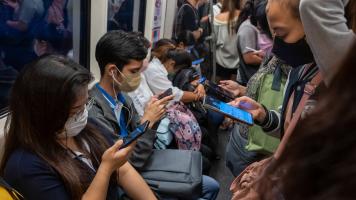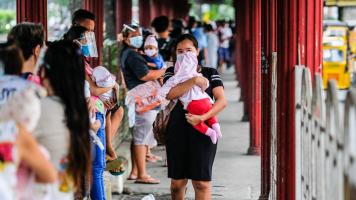
The Regional Comprehensive Economic Partnership (RCEP) Agreement is expected to improve market access, build regional supply chains, increase investments and opportunities, and boost economic recovery efforts during the COVID-19 crisis. Photo credit: ADB.
The Regional Comprehensive Economic Partnership groups the 10 ASEAN member states and its 5 regional partners: Australia, the People’s Republic of China, Japan, Republic of Korea, and New Zealand.
The 10 member states of the Association of Southeast Asian Nations (ASEAN) and its five regional partners: Australia, the People’s Republic of China, Japan, Republic of Korea, and New Zealand, signed the Regional Comprehensive Economic Partnership (RCEP) Agreement on 15 November 2020. It is ASEAN’s biggest free trade agreement to date, and it is expected to boost economic recovery efforts during the COVID-19 crisis.
- The RCEP covers a market of 2.2 billion people with a combined size of $26.2 trillion or 30% of the world’s gross domestic product.
- ASEAN successfully led negotiations for the multilateral trade agreement in the last 8 years despite global and regional challenges.
- The objective of the RCEP Agreement is to establish a modern, comprehensive, high-quality, and mutually beneficial economic partnership. It provides flexibility and includes technical cooperation and and capacity building to ensure that economies with different levels of development can maximize benefits from the agreement.
- The deal will improve market access with tariffs and quotas eliminated for more than 65% of goods traded. It will follow common rules of origin and transparent regulations, upon entry into force. This is expected to attract more foreign investments in the region, promote regional supply chains, and create business opportunities and jobs.
- The RCEP Agreement will work alongside and support an open, inclusive, and rules-based multilateral trading system.
This article was first published by BIMP-EAGA on 19 November 2020.


